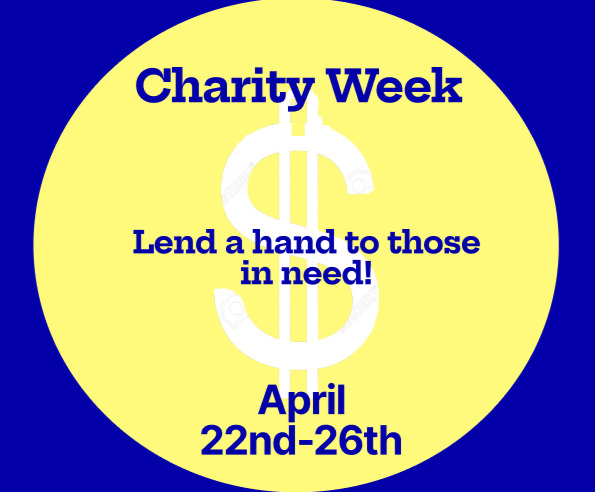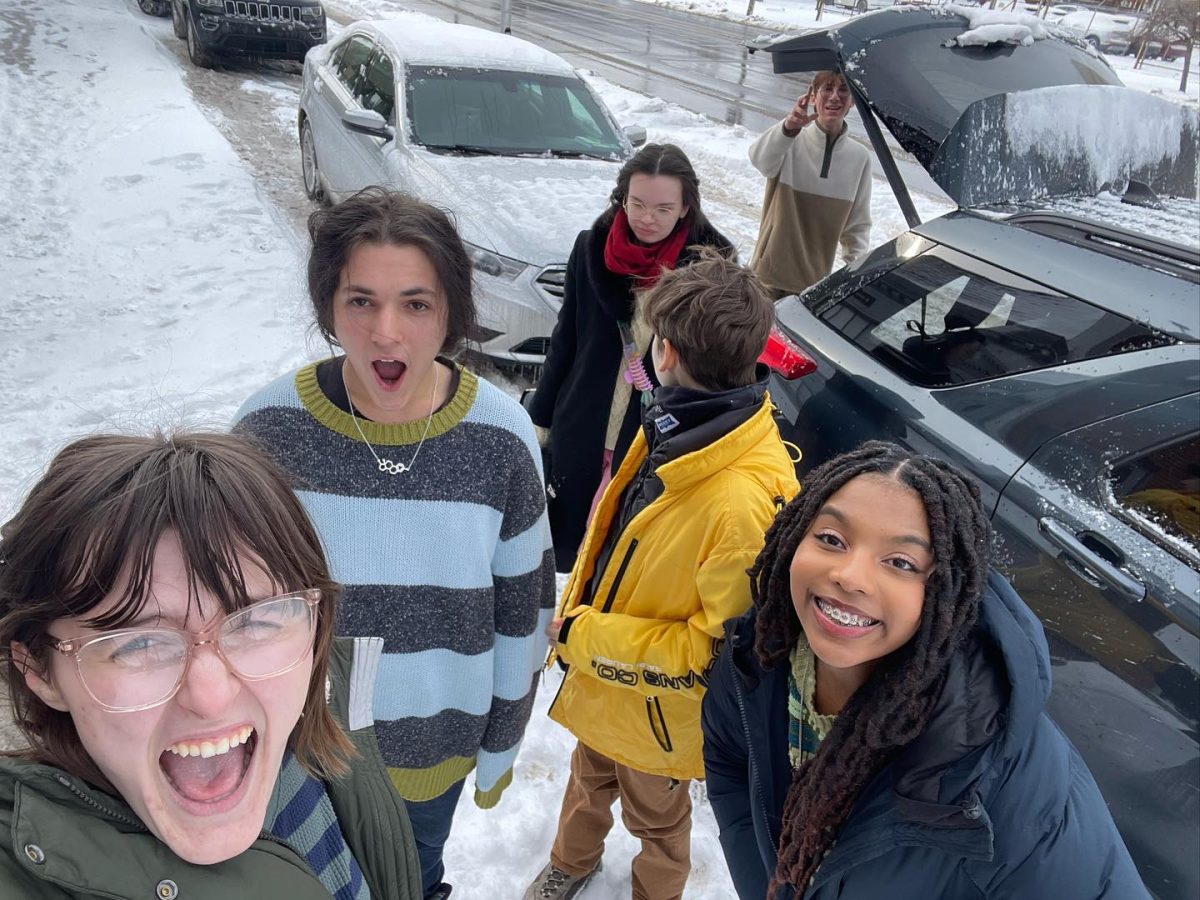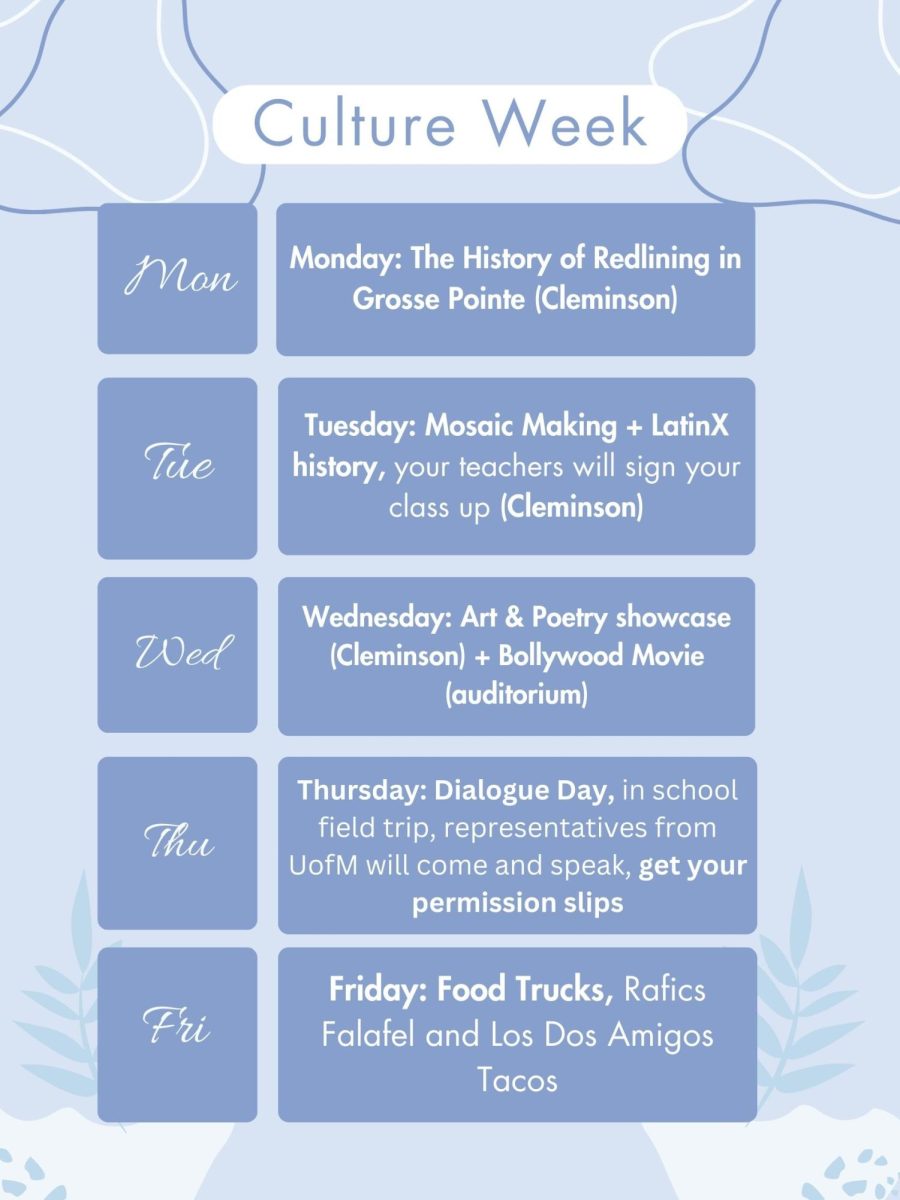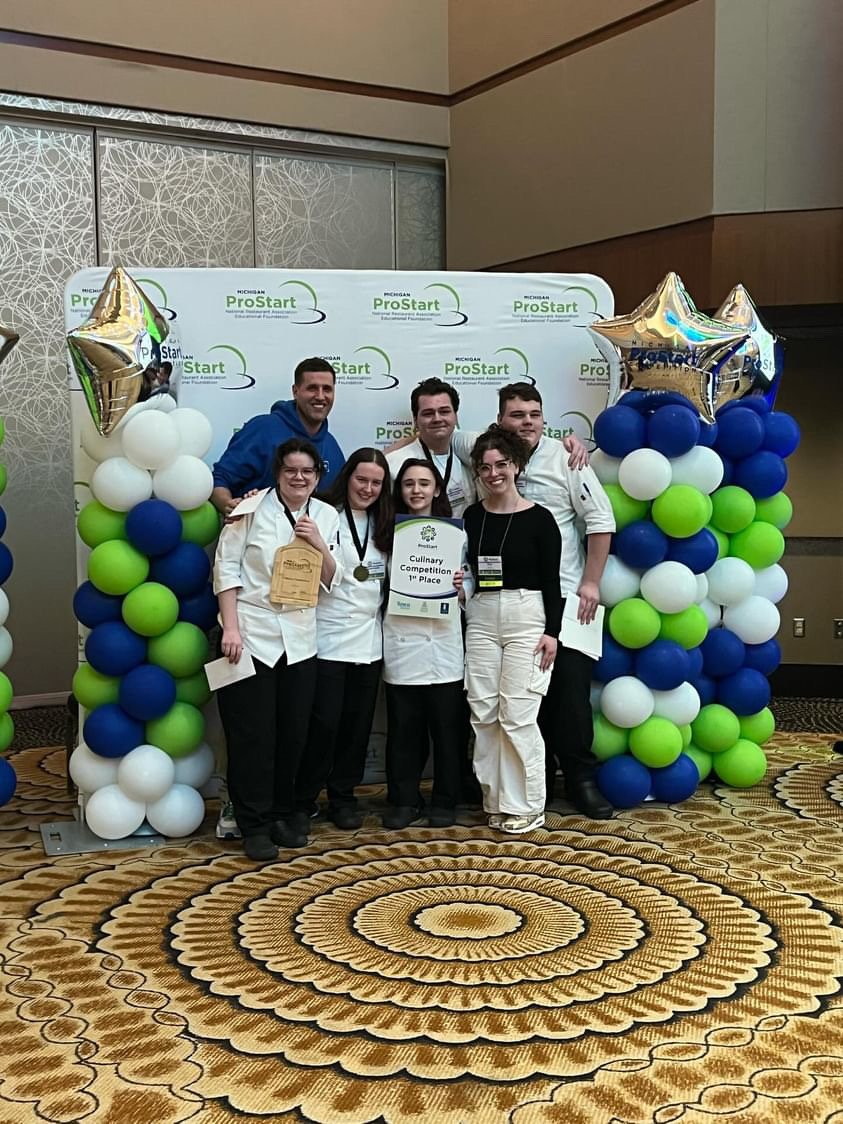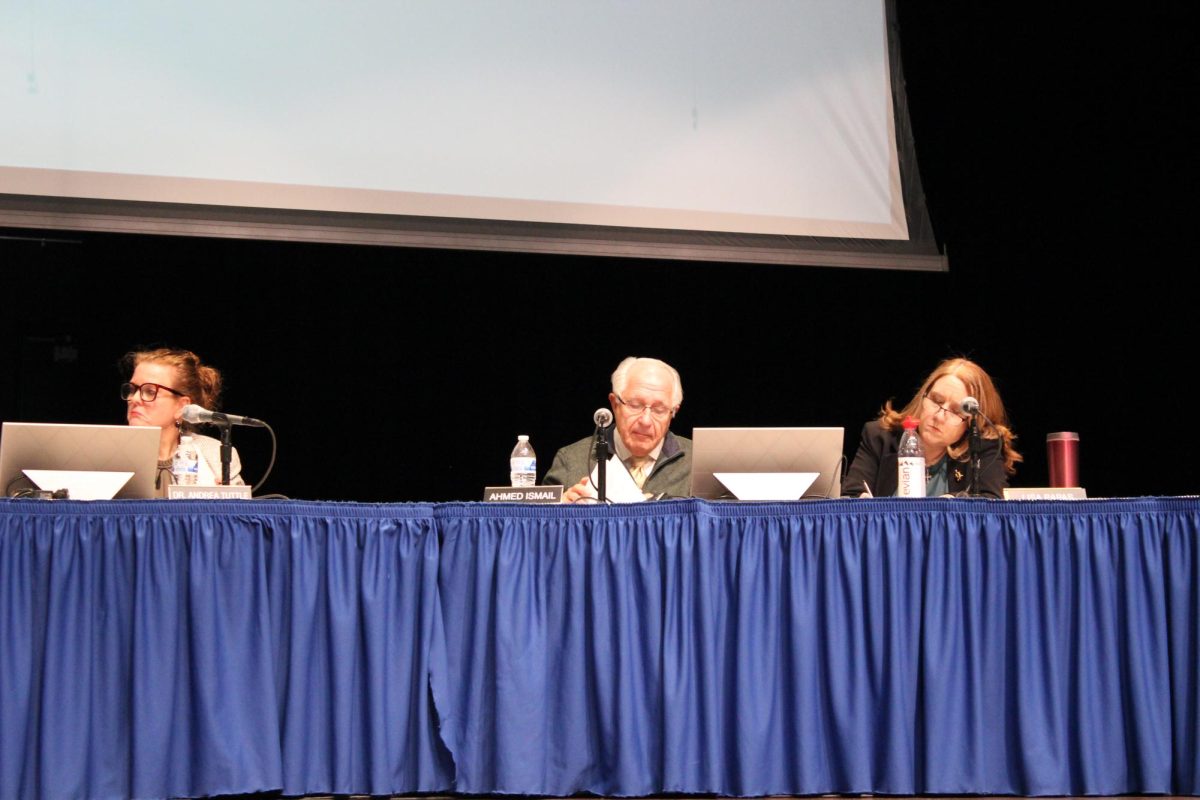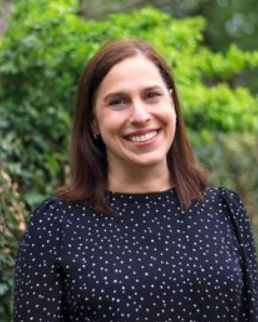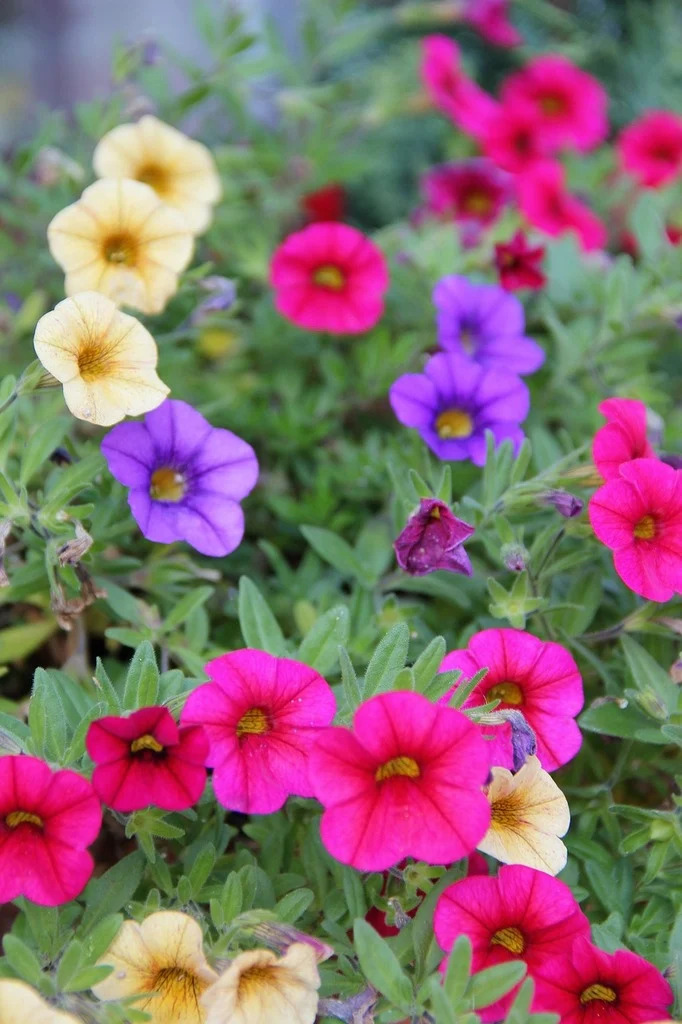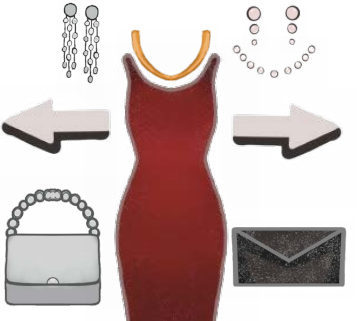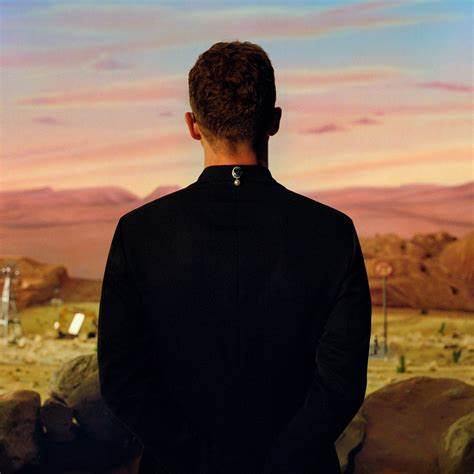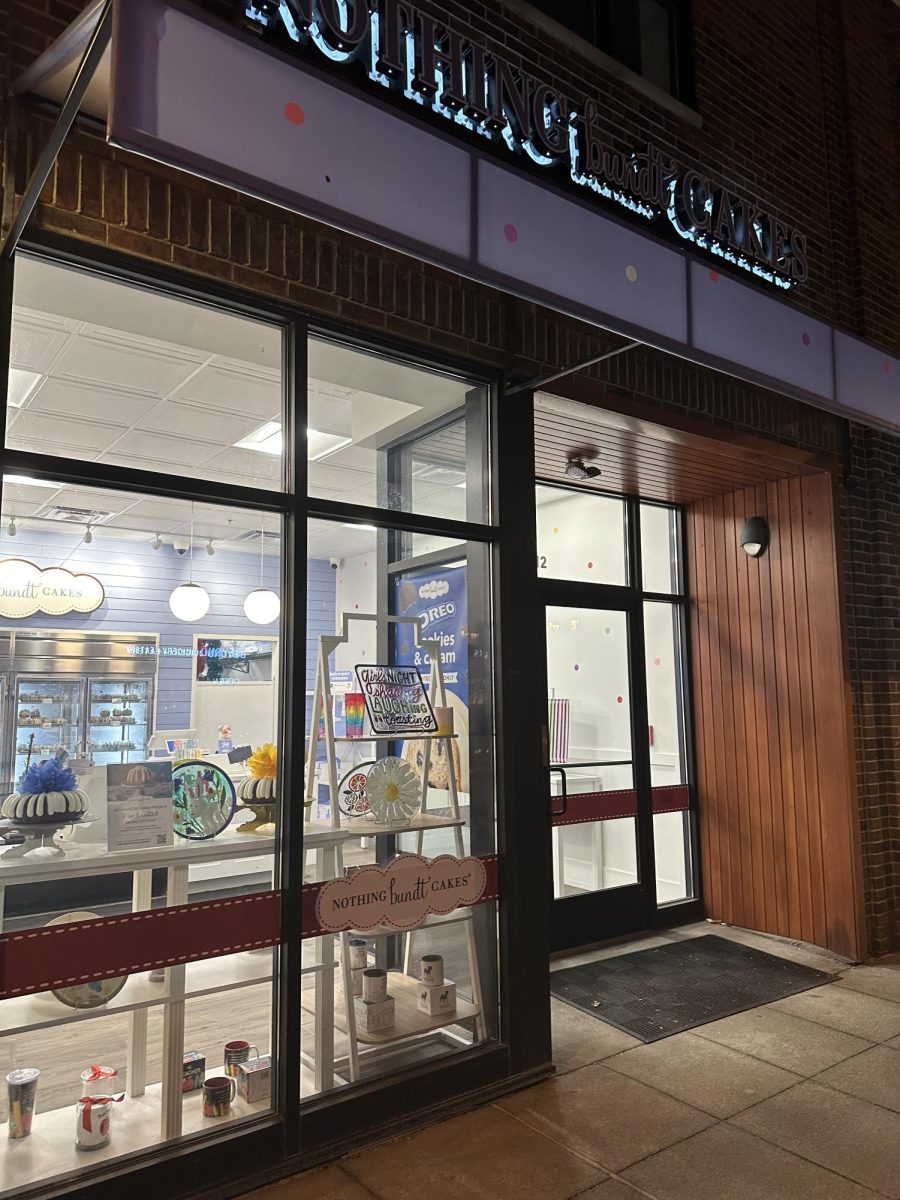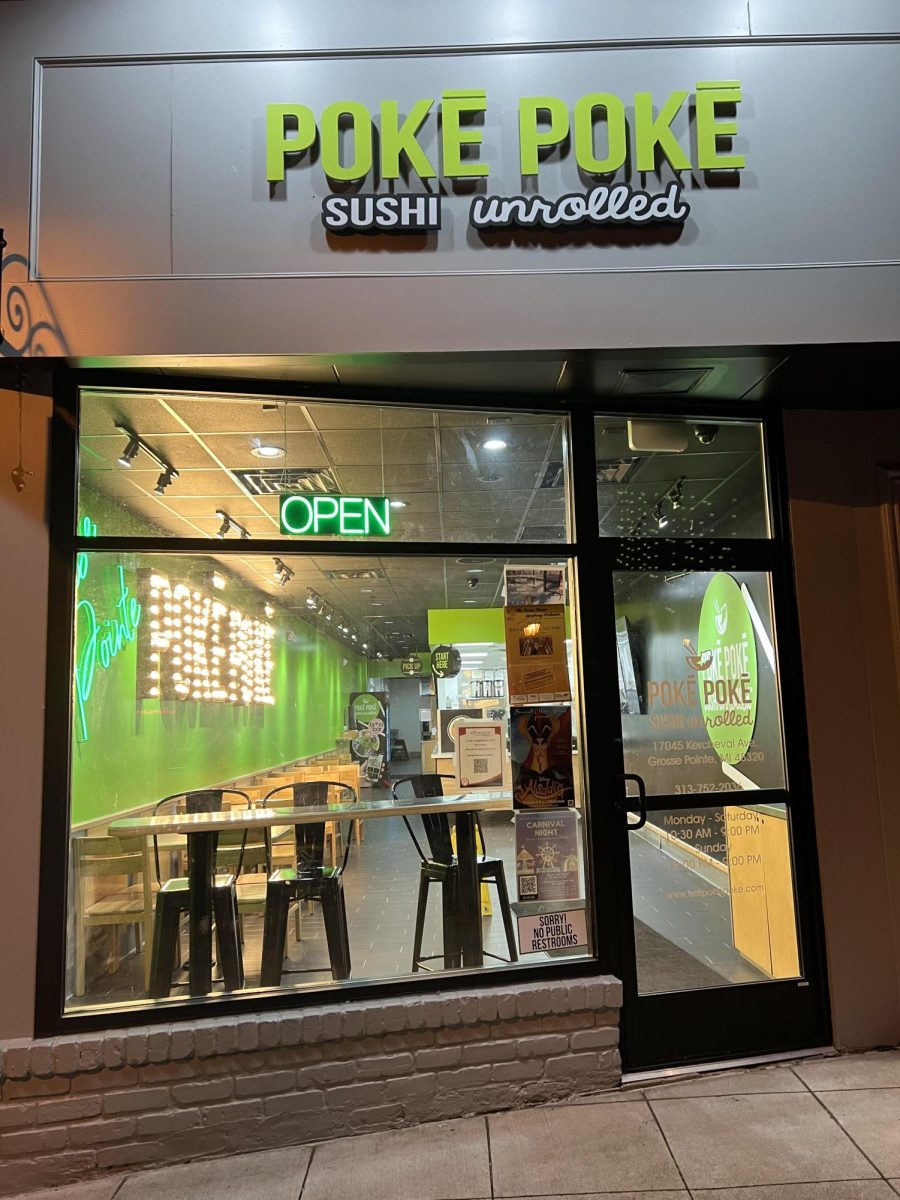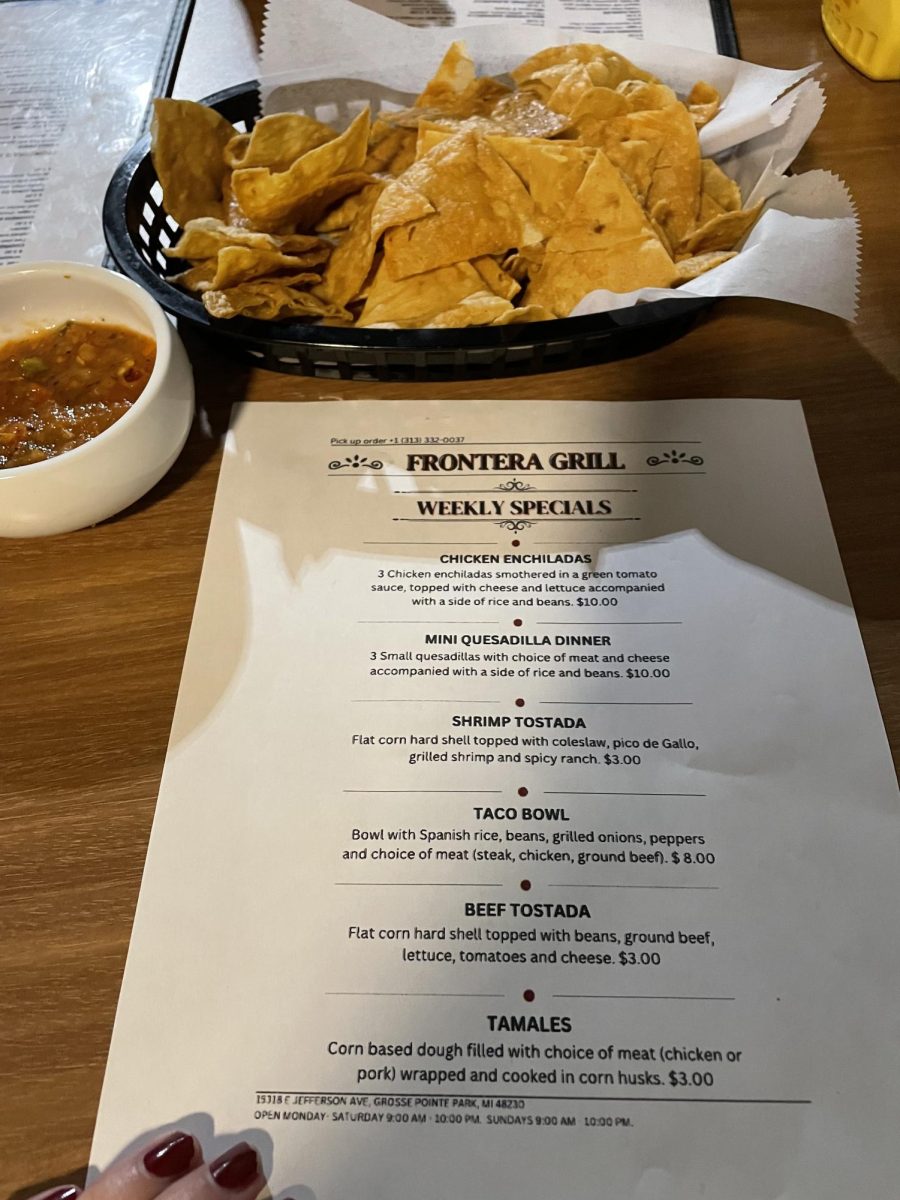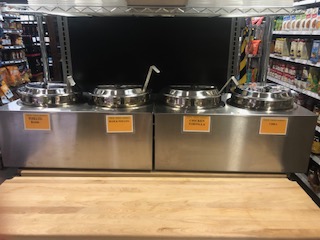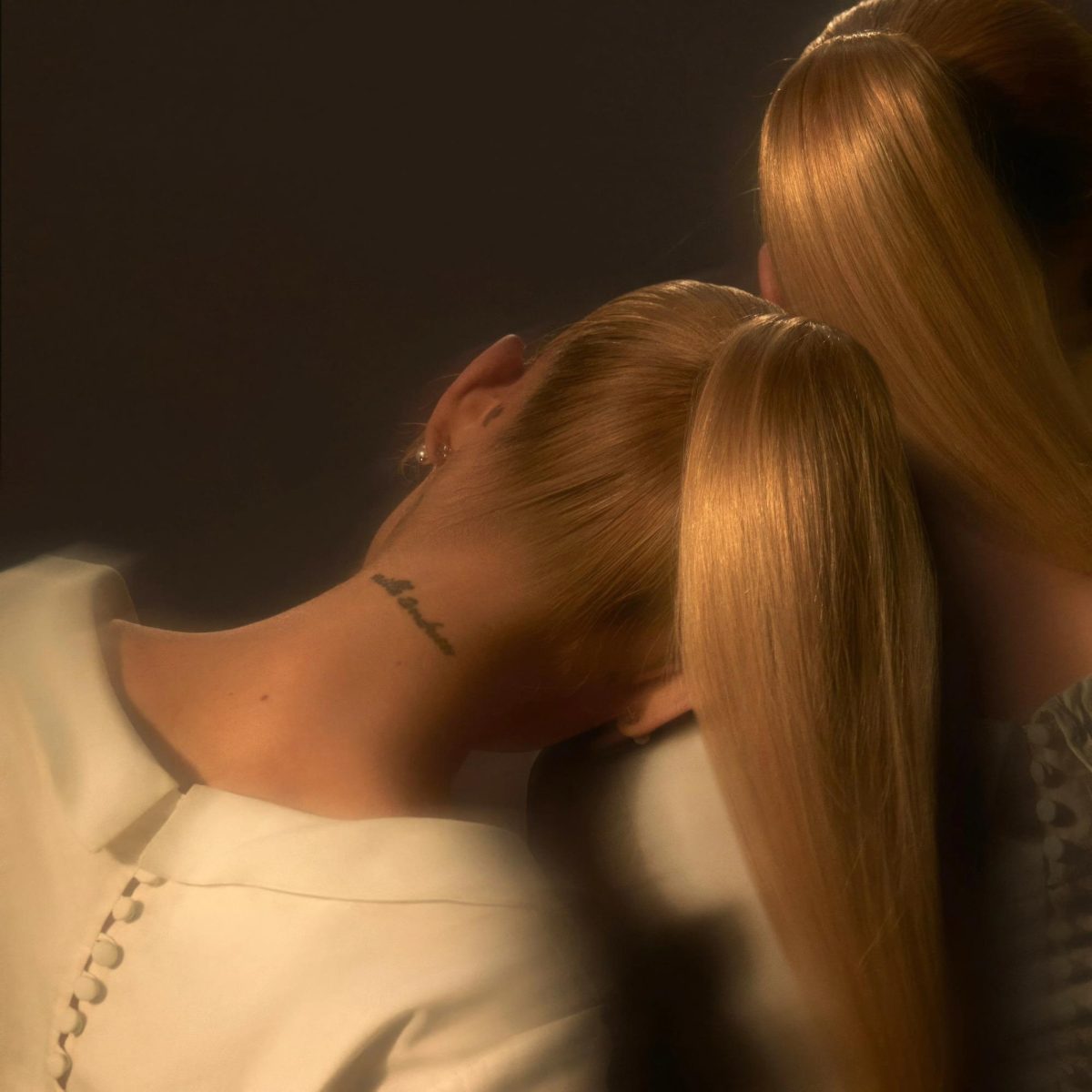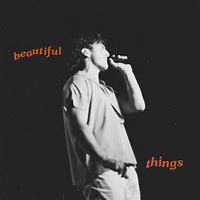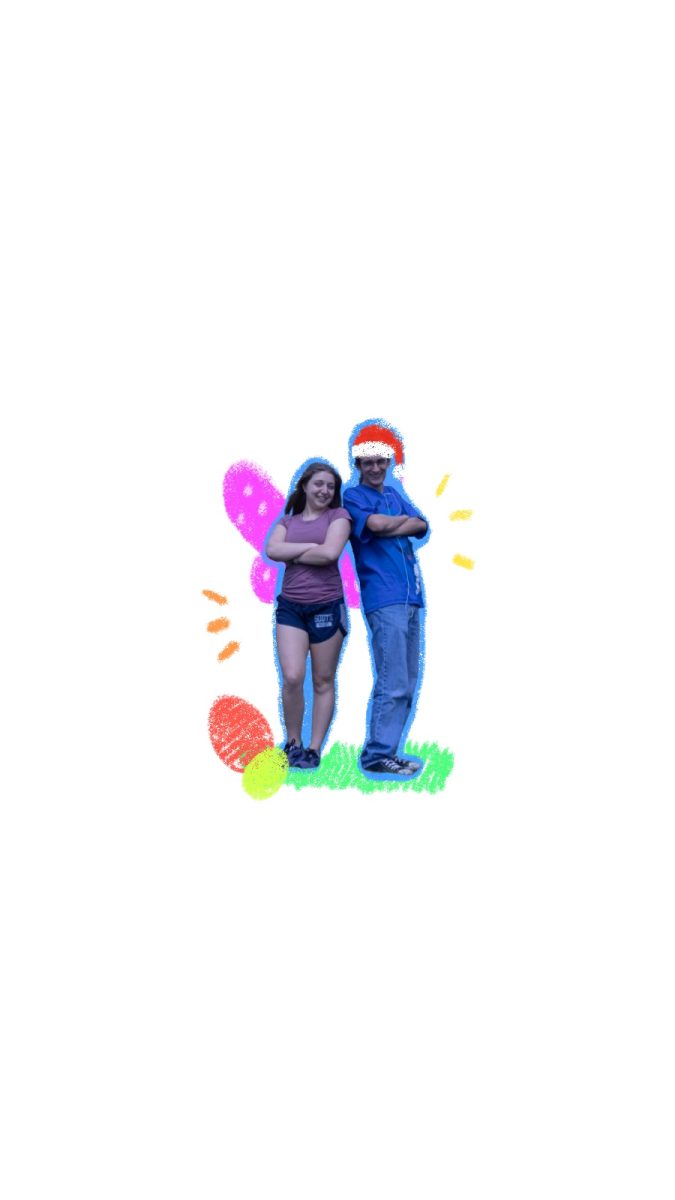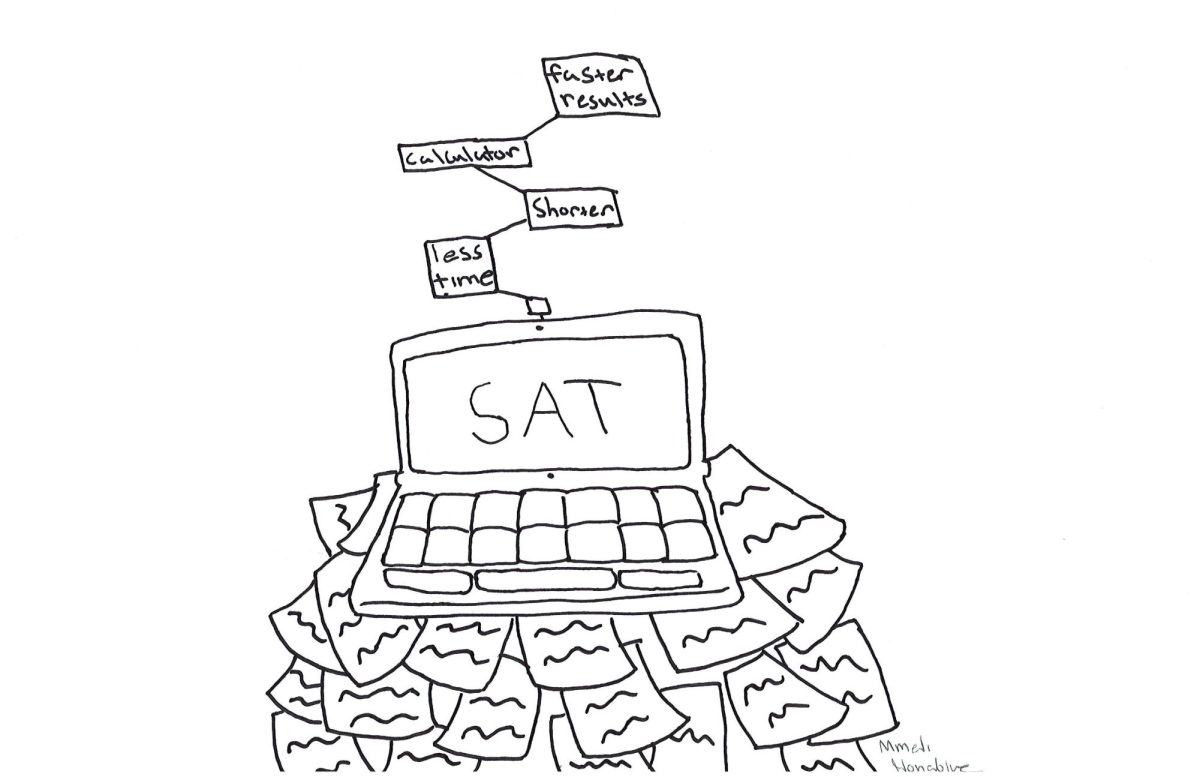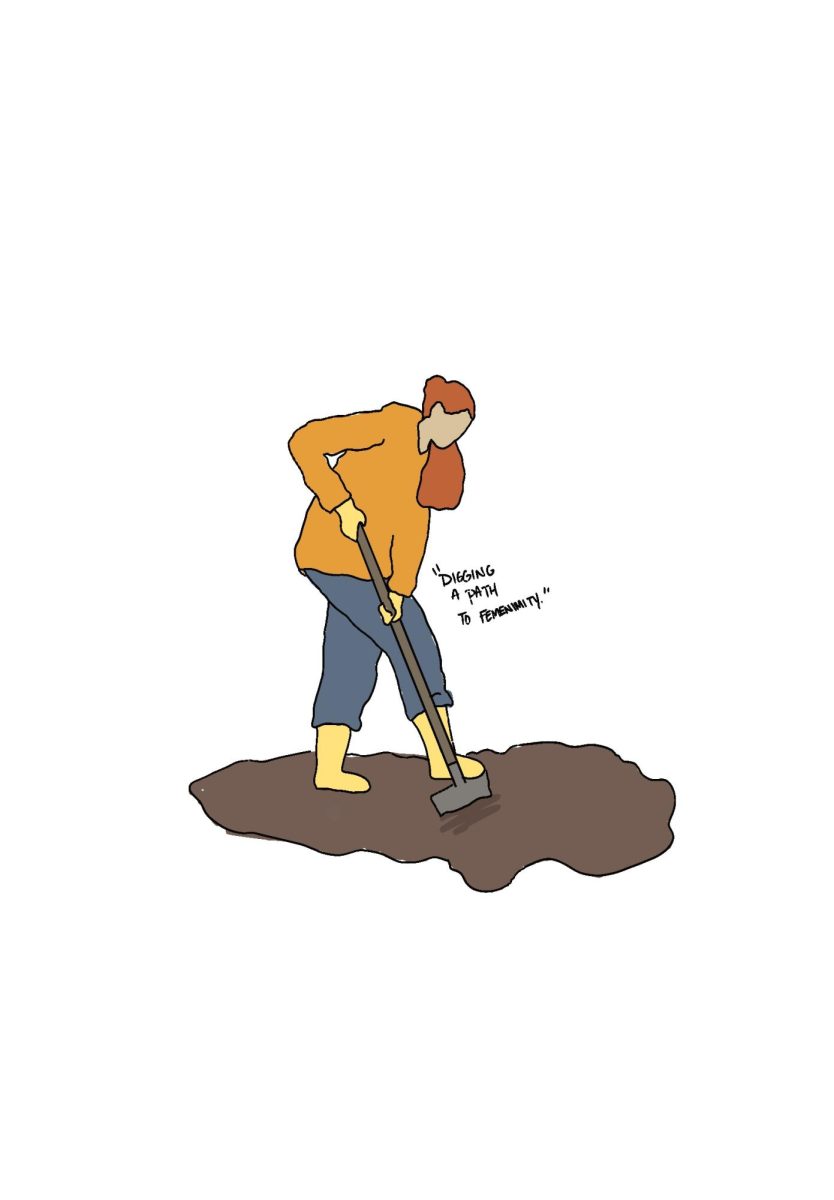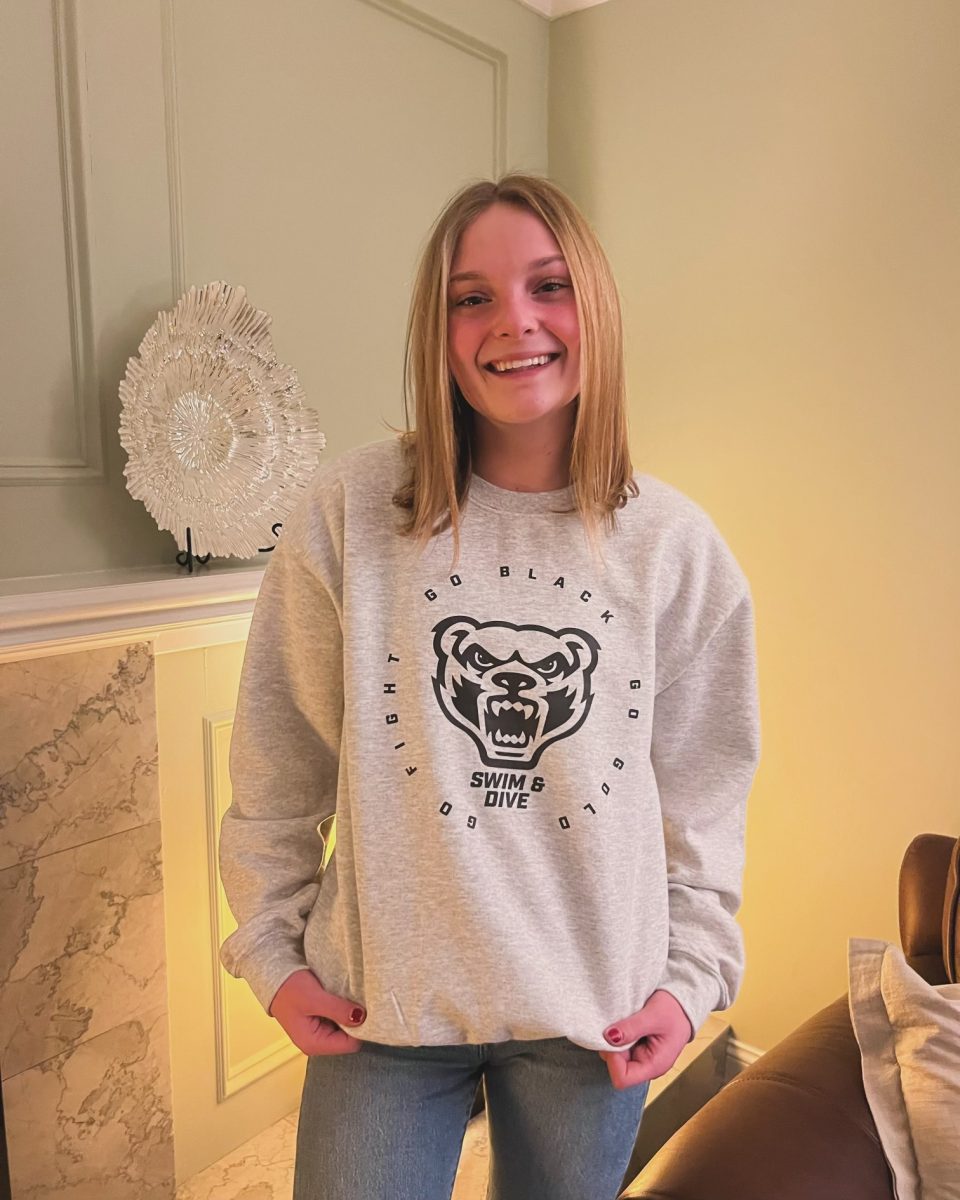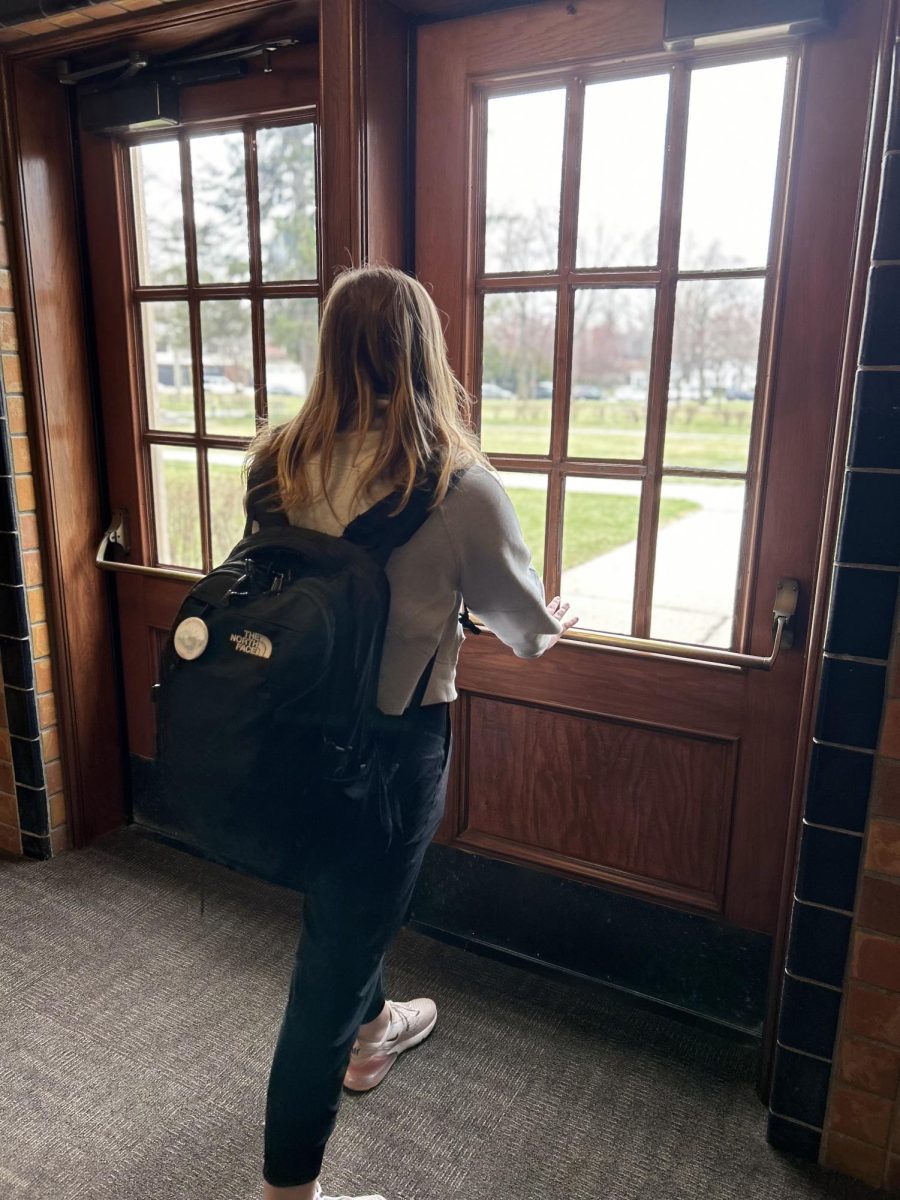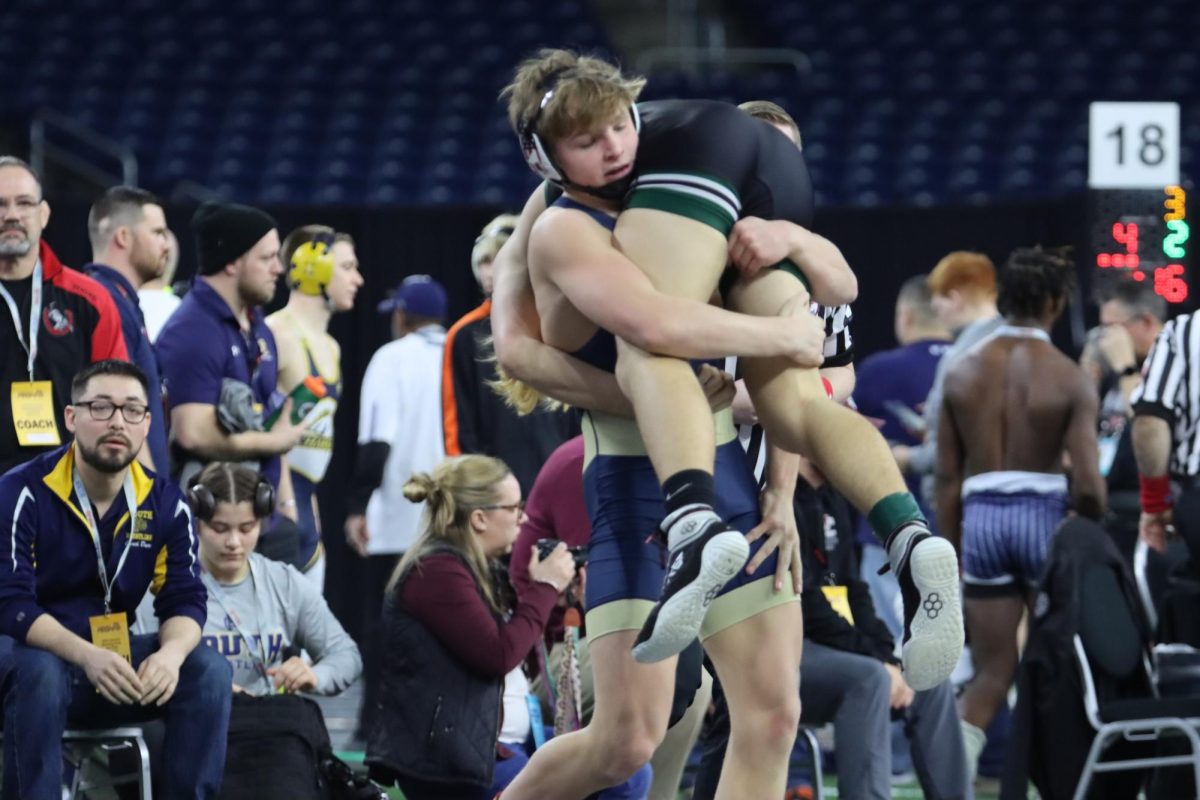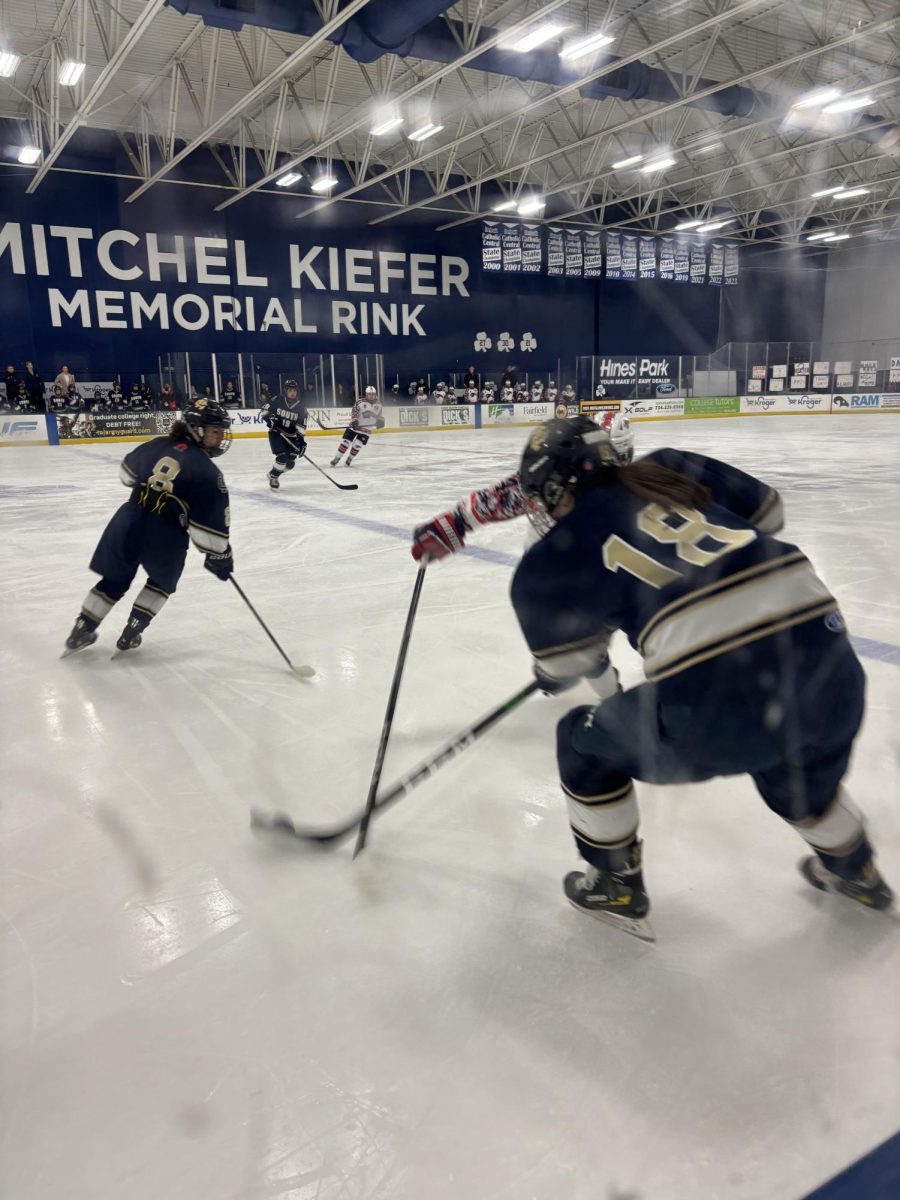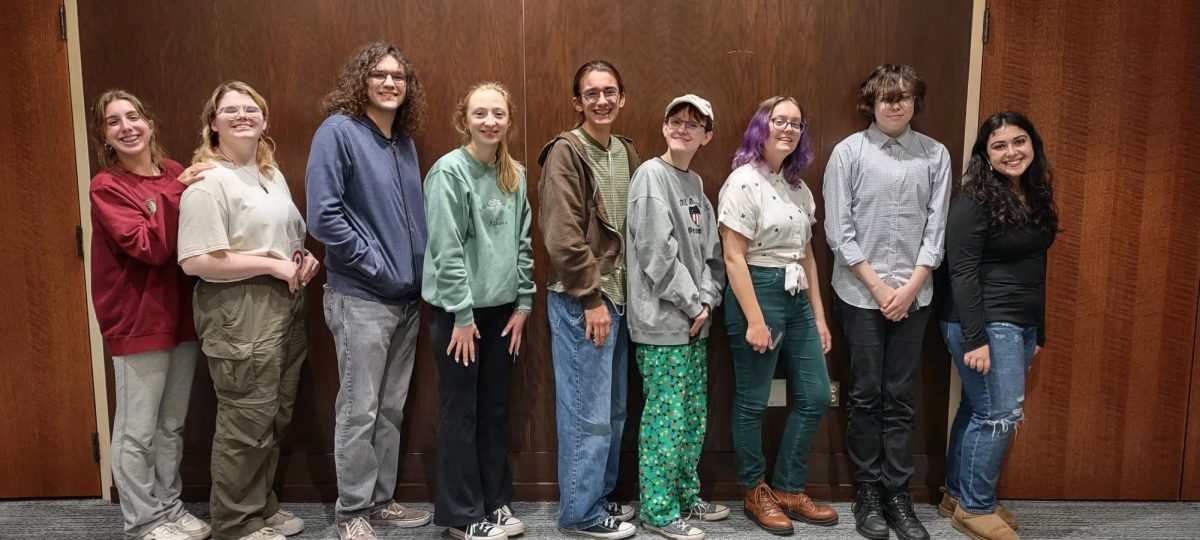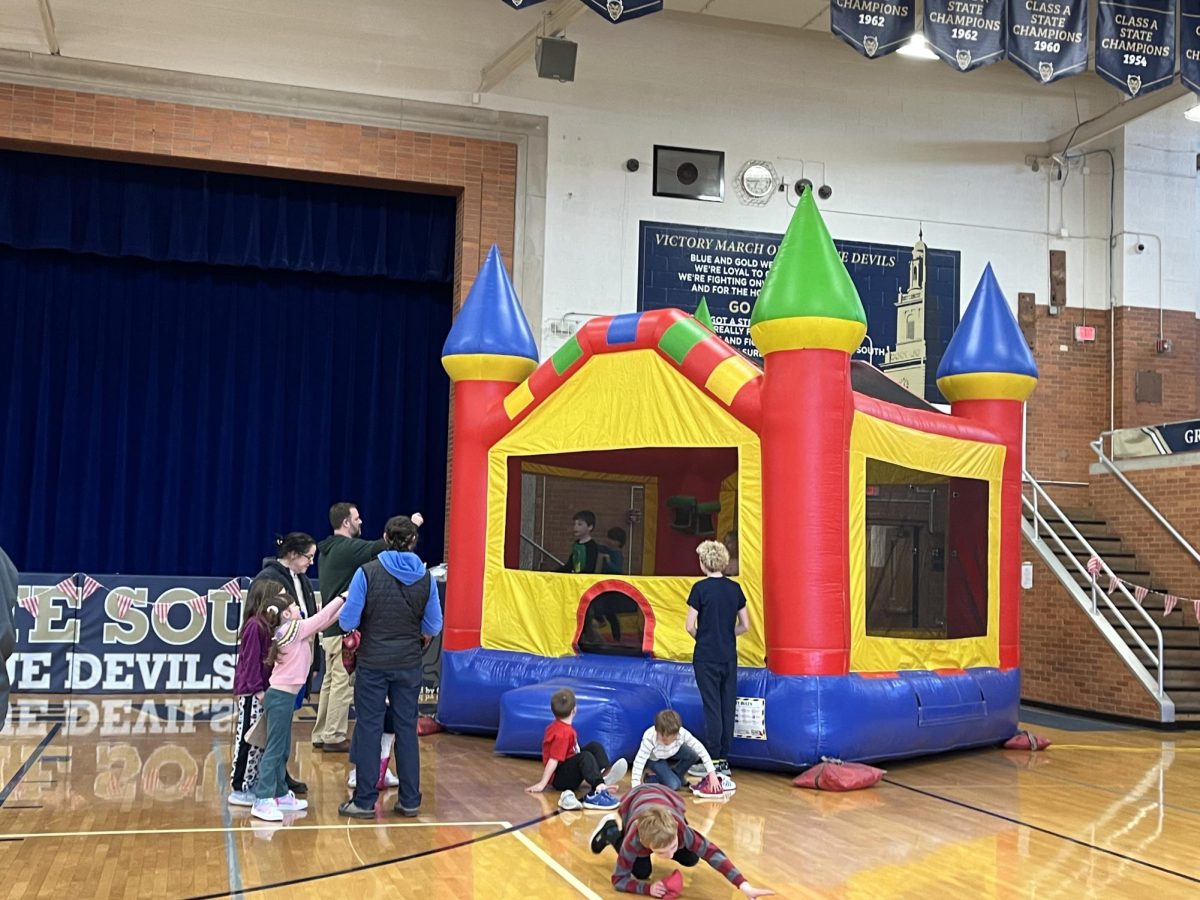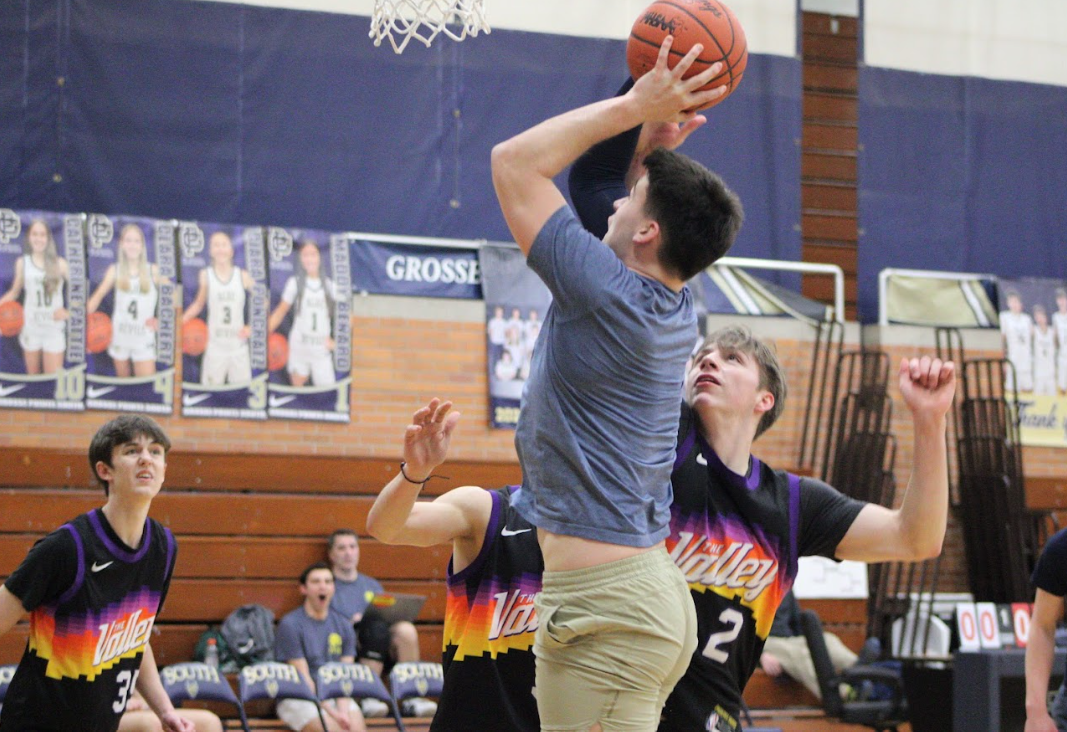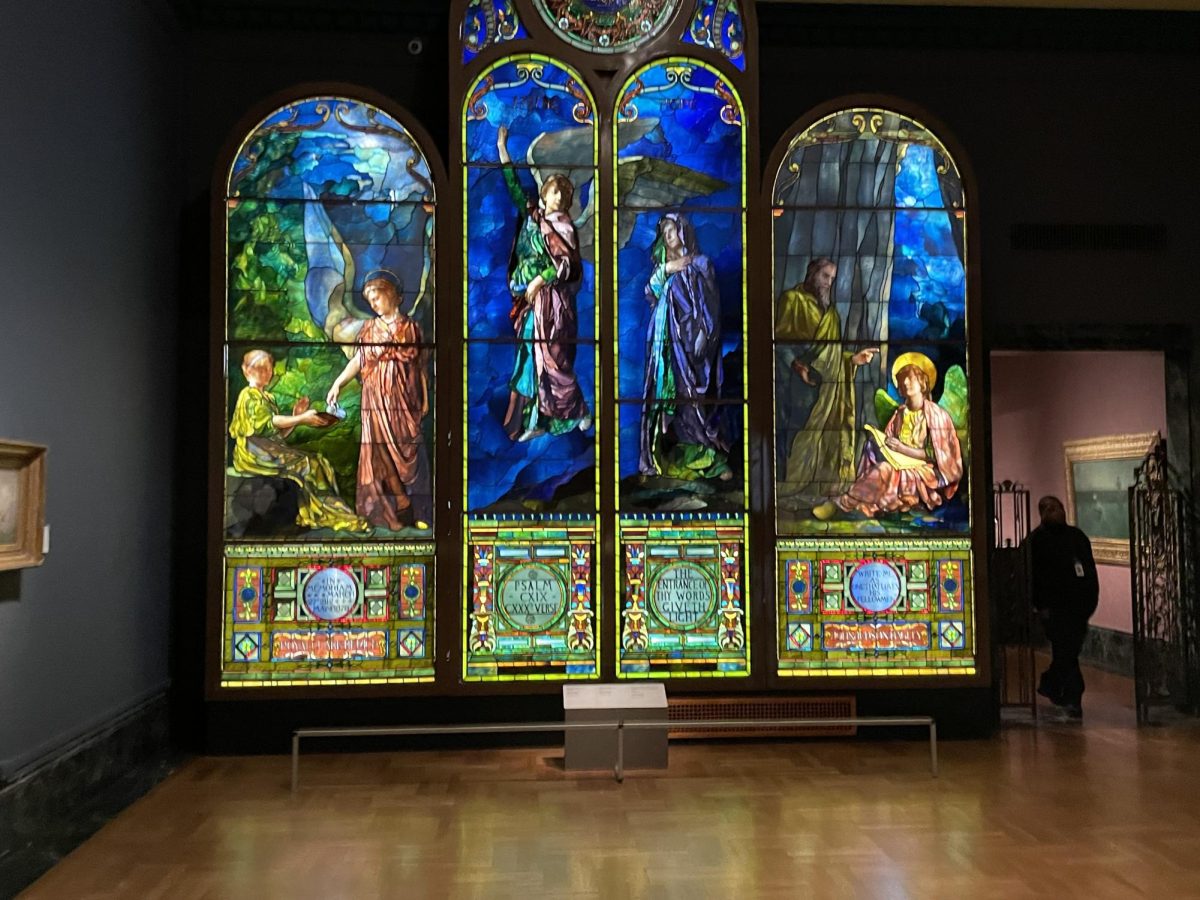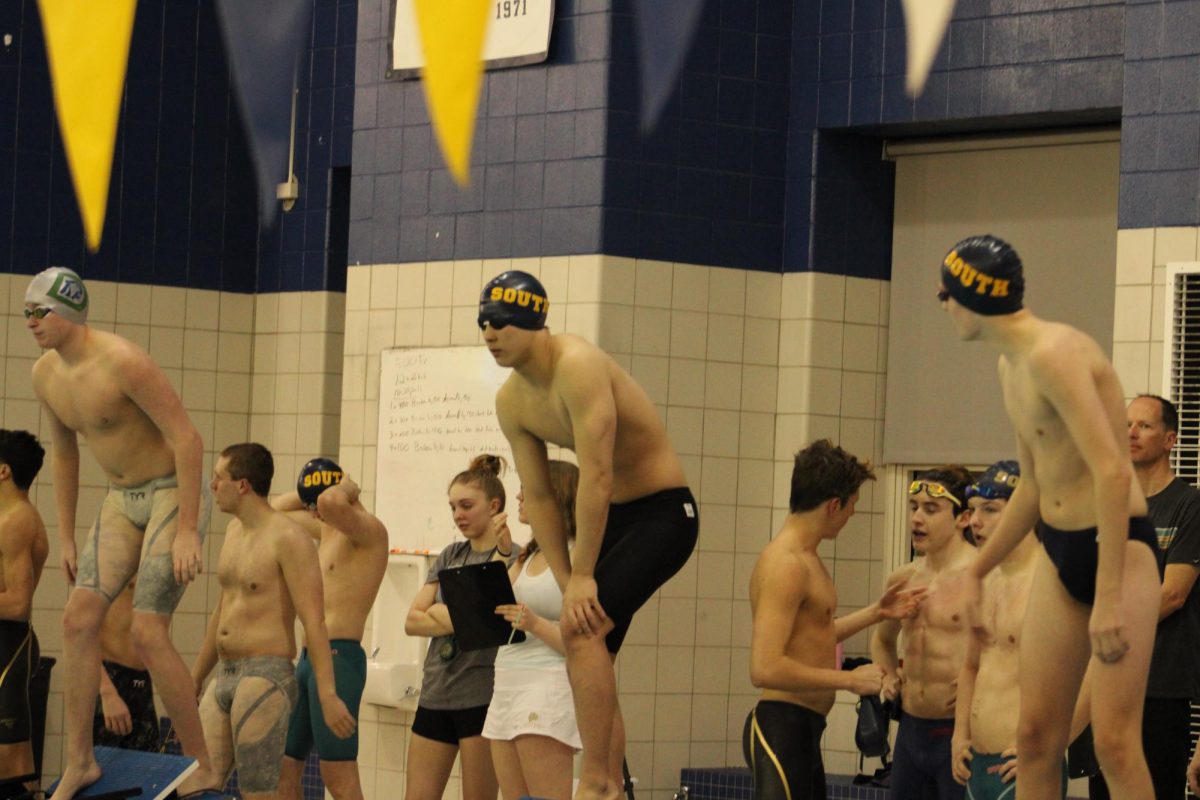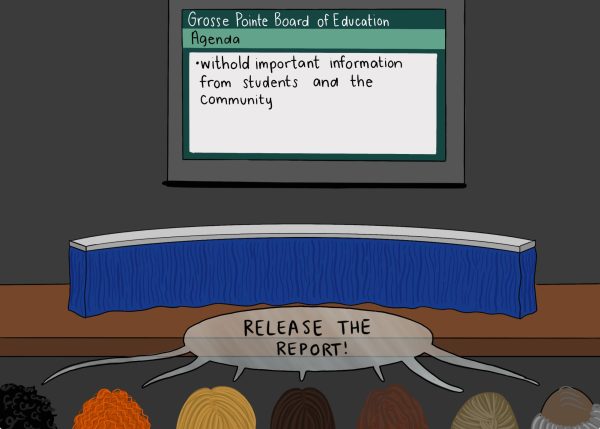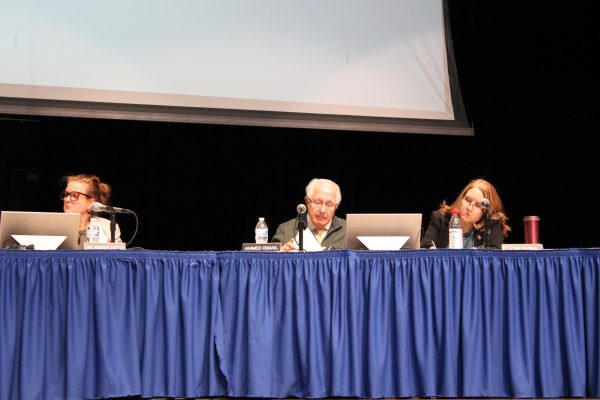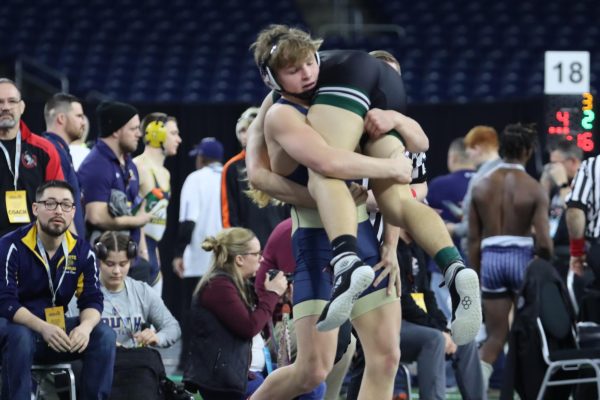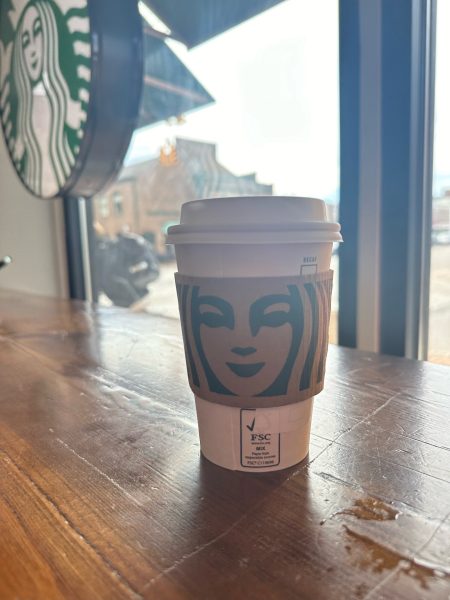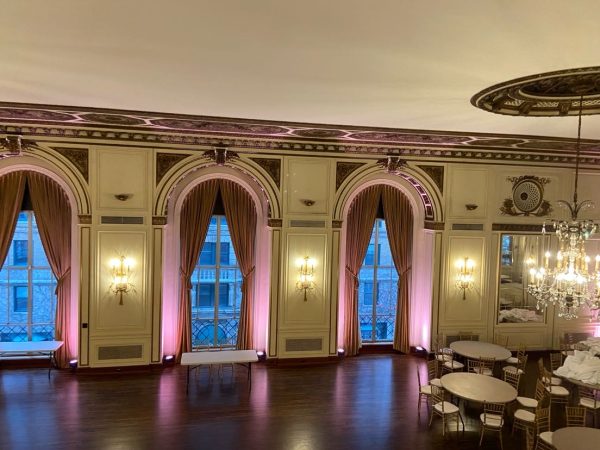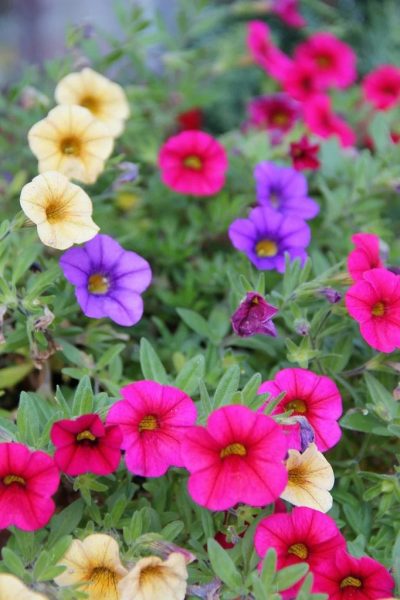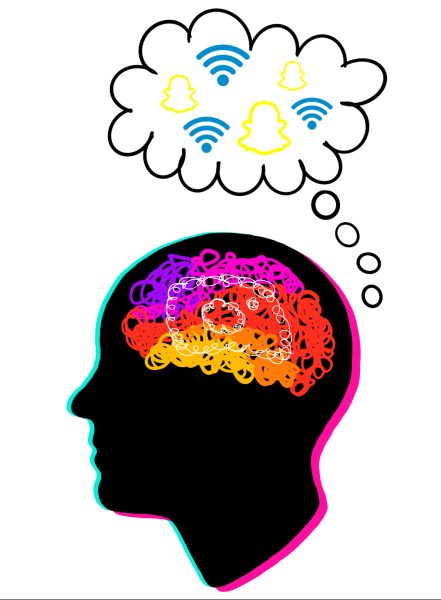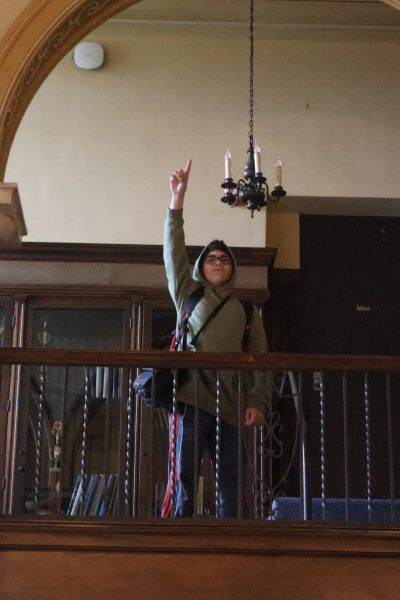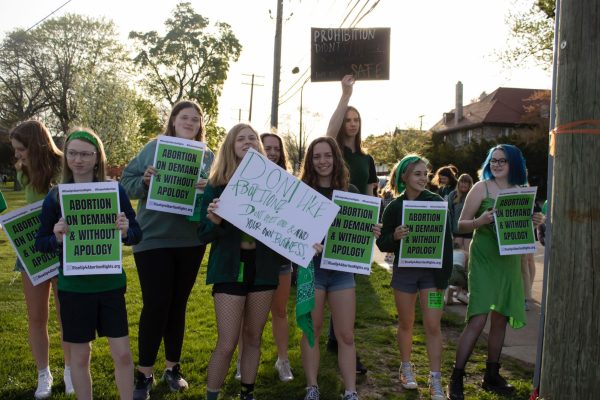Students go to the Florida Keys and study marine biology
While some students may have sat on the couch over mid-winter break or relaxed on the beach, several dedicated science students from both North and South studied marine biology in the Florida Keys.
There were 13 total students that went on the trip, seven from South and six from North. Each student was required to have either currently or previously been enrolled in Environmental Science, AP Environmental Science or AP Biology.
AP Biology student Allison Frazer ’19 said she thought this trip sounded interesting because she had never studied marine biology before and wanted to try something new.
Maria Troscinski ’17 heard about this trip through Shelly Rothenbuhler, AP Biology teacher, and became interested in it after doing some research about the types of organisms she would see in the Florida Keys.
Each day consisted of waking up early with three classes throughout the day in between meals, along with small periods of free time. Students were able to do different labs and collect organisms while snorkeling in the ocean, Frazer said.
“I learned a lot of things that I didn’t know before and it expanded, in my mind, the complexity of all those things,” Frazer said. “We did this lab about algae and at first I just thought algae was this slimy green stuff on top of the water but there’s so much to it, so many creatures living in it.”
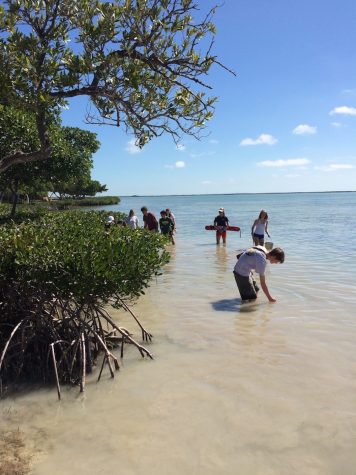
Troscinski said the topics the students learned about at SeaCamp were completely different than what students are able to learn in school because students are limited to certain topics in a classroom setting.
“It was really interesting to see how the different animals and plants that lived in the ocean differed from plants and animals that live on land, and how they can be related in ways you wouldn’t have even considered before hand,” Troscinski said.
Adriana Agosta ’19 said the students were able to have a really personal experience because everything was hands-on, and they were able to see the animal they were studying right in front of them.
“Even when we were just collecting data you were out in the ocean with all the marine life and you got to look around and really see what you’re talking about, which I thought was super interesting and made it a lot more memorable than if you were just talking about it in a science class,” Agosta said.
Shawn McNamara, AP Environmental Science teacher, chaperoned the trip and said the students studied a wide range of topics including near-shore and coral reef ecologies, sponges, seagrasses, algae, shark biology, hermit crabs, jellyfish, a mapping technique called transecting, nocturnal animals with bioluminescence, etc.
“We studied everything, I mean it was marine biology to the extreme,” McNamara said. “There was always a lot of hands on labs; it wasn’t a lecture opportunity.”
McNamara said this trip was beneficial to students because they were able to collect and study live specimens rather than study them from a textbook.
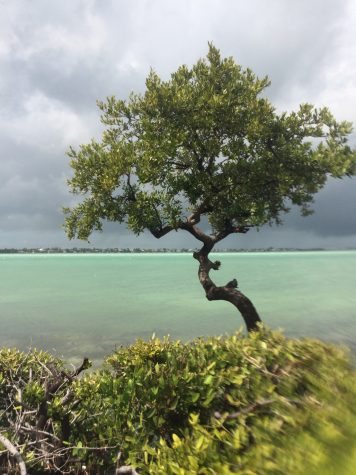
This is the first time in over a decade that either high school has organized this trip. McNamara said that for himself and Chris Skowronski, North AP Environmental science teacher, this was brand new and he said it was an amazing trip.
McNamara said he enjoyed snorkeling in the coral reef, but from a teacher’s perspective his favorite experience was watching all the students doing and loving science each day.
“There really wasn’t a moment when you saw someone sitting there looking at their watch or taking out their phone, they were doing science till 10 o’clock at night and they loved it,” McNamara said. “They were finding things they’d never seen before, and things they had read about but never thought they’d have a chance to see.”

